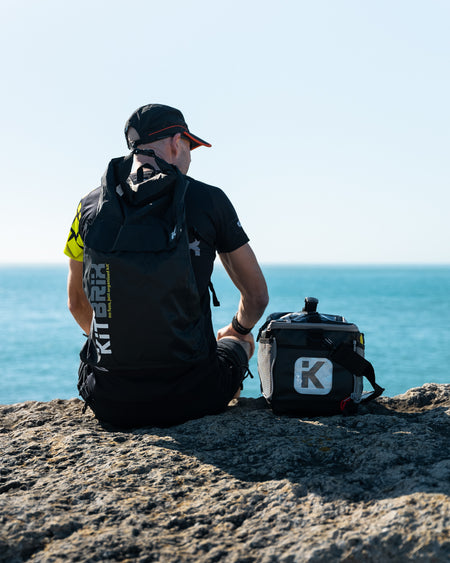
As we settle into the warmer months, the waters are heating up a little too. If you’re a keen swimmer, maybe you fancy taking a dip into the world of Wild Swimming, or if you’re brave enough, you’ve already been doing it all winter long! But what is Wild Swimming?
Wild Swimming, or outdoor swimming, is taking the plunge into natural bodies of water including lakes, rivers and the sea. This wild activity is a refreshing and exciting alternative to an indoor or outdoor swimming pool, much more accessible in the summer months as people flock to local pools.
As freeing as it sounds, you need to be aware that not all natural bodies of water are ok to swim in. The freedom to roam or “everyman’s right” gives you the general right to access public or privately owned lakes, rivers or parks for exercise or recreational use. This is commonly referred to as the right of public access to the wilderness, or “right to roam”.
How Do I Start Outdoor Swimming?
First things first, outdoor swimming is much different to swimming in pools. For example, take the fact that some areas fluctuate in strong currents and what’s underneath the water could be dangerous, such as the terrain or wildlife, which can be difficult to see depending on the clarity of the water. You might also want to think about how you really feel about fish, vegetation and insects, as these guys make your swimming destinations their homes. Respect the wildlife and leave no trace!
Make sure that, if you’re taking up outdoor swimming, you’re a competent swimmer. We wouldn’t suggest a swimming beginner take up this activity for health and safety reasons. It’s also not recommended to take up outdoor swimming alone, so look into this with a friend or a swimming group.
Remember that open waters aren’t chlorine regulated, and most of the time they’re really cold! So invest in a wetsuit (more on this later).
Is Outdoor Swimming Good for You?
The idea of swimming in a natural pool might sound a bit dirty and grimey, but trust us when we say there are some really great benefits to swimming in the great outdoors …
Better Circulation - When we swim in colder temperatures, this stimulates our circulation and ultimately improves it. Blood is rushing around our body to our organs, making our heart work harder, pumping blood through our arteries and veins.
Increased Metabolism - Following from above, cold temperatures make your body work harder to keep warm. This in turn increases the number of calories that your body is going to burn. If you’re swimming in cold waters, your body will convert fat into energy and boost your metabolism in order to regulate your core temperature.
Boosted Immune System - Much like throwing yourself into an ice bath after a stint in the sauna, taking a dip into naturally cold water will shock the immune system and produce more white blood cells and antioxidants.
It doesn’t stop there either, wild swimming can contribute towards better skin from the exfoliating effect of cold water, as well as improved sleep by activating the parasympathetic nervous system, which is in charge of repairing the body.
How Cold is Too Cold to Swim?
Our natural body temperature is usually around 98.6°F, so to most people, waters of around 70°F will feel cold to most. Tread carefully with water that reads any lower than this mark.
Remember that cold water drains body heat up to four times faster than cold air!
Outdoor swimming kit list
So now we’ve covered the basics, let’s think about the gear you’re going to need on your wild swimming trip!
- First of all, get yourself a suitable waterproof bag. The KitBrix Swim is your perfect companion with its rugged and waterproof base, protecting your stuff from outside elements and wet or damp surfaces
- A good Wetsuit. Even in the summer months, a wetsuit will keep your body warmth regulated when swimming in cold water
- Goggles. You don’t want anything going in your eyes when you’re swimming, and you definitely want to be able to see where your heading! Goggles with a lot of rubber will increase comfort for long swims.







